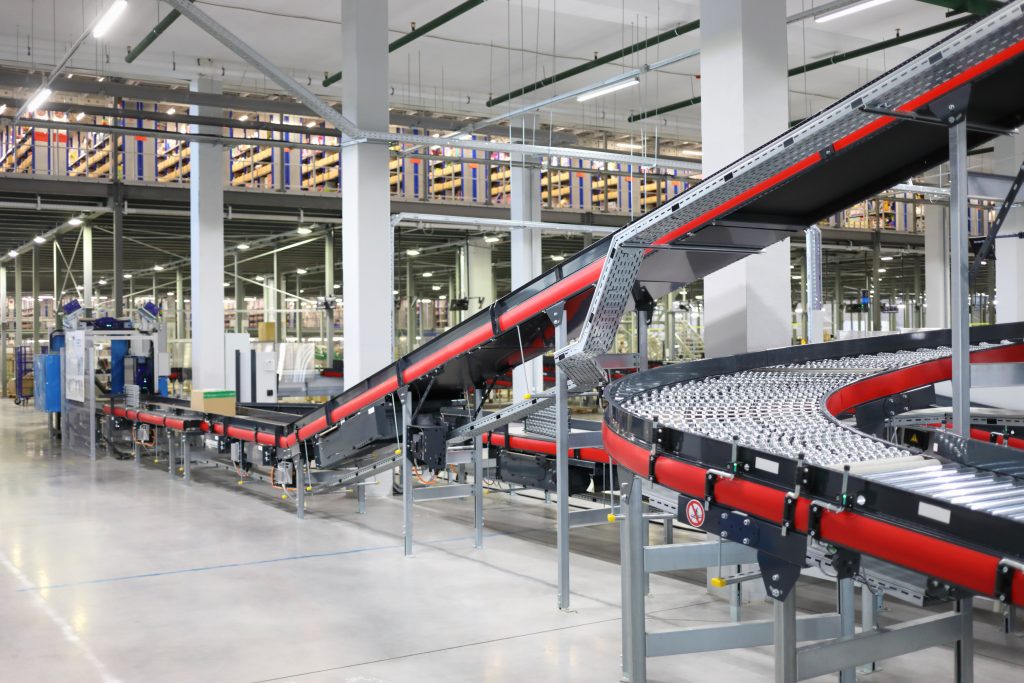Most people are surprised when I tell them I can’t make an appointment else take a telephone call straight away because I’m ‘at work’.
‘At work Russell?’ they might say. ‘What do you mean by that? Surely the only work that you do involves walking your estate boundaries and making a mint as a non-executive director on a few company boards up and down the country?’
That’s not the case. My title is a Manorial one which is based upon the ancient feudal systems that used to be the norm in this country rather than the one that involves long wigs, gowns and falling asleep whilst ‘on the job’ at Westminster. People do get confused at times. But rest assured, having a Manorial title doesn’t involve a related income or, in my case and that of many others, a large and rambling old house in the middle of the countryside.
Plus, as far as I know, I’m not entitled to drive any sheep I might have over London Bridge either!
It’s a title. As simple as that.
Which means, just like everyone else in the country, I have to go out to work to make my living.
My speciality, for want of a better word, is working as an Enterprise Architect. And no, that doesn’t mean I’m forever bent over a table looking at the blueprints of all buildings great and small.
An enterprise architect is the person responsible for the upkeep, maintenance of an organisations IT network and services. Which means managing and upgrading both their software and hardware services which can include, in addition to the servers that a company’s PC network might be linked into, software that runs more prosaic applications such as factory production lines.
It used to be that the proverbial spanner in the works brought the wheels of industry to a grinding, and expensive, halt. Now it’s more likely to be a software glitch.
So there is a need now for more than a man in a pair of overalls wielding an oil can if production stops.
The need is for people who know not only how these systems work, but, more importantly, how to get them going again-and usually without getting their hands dirty.
Once that’s been achieved, the big businesses in question will invariably want their mechanised systems to not only start running again but to do so reliably and without any further breakdowns or even the need to ever want to shut them off at all.
I was given a project to solve not unlike that at British American Tobacco (BAT).
The improvements that they wanted adding to their enormous manufacturing centre involved not only demanding their system be fully automated but for there to be no part in the entire process where there could be a breakdown. Of any kind.
It had, in other words, to be absolutely foolproof and reliable enough to run, constantly, for 24 hours a day, seven days of the week, 365 days of the year.
With as few human beings as possible involved in any part of the process.
It was a case of where art imitated life, in this case, a well used plot device of many a science fiction film becoming a reality.
BAT certainly had some foresight with their proposal. The sort of processes they wanted put into place were, at the time, very new and relatively untried. There were, of course, lots of other industries in and around the country at that time that were as automated as BAT were but they usually had to shut their machines down for a while every now and again, some even did so at 5pm every evening before starting up again at 9am the next day, whilst others would shut down at the weekends.
BAT were different. They didn’t want to shut down anything, at anytime, unless it was for a very good reason. And night time, weekends and at Christmas, in their opinion, good excuses.
I had a look at the plan of their network and reckoned that it needed a fairly simple upgrade for BAT’s order to be fulfilled, one that involved introducing a simple backup system that was primed to kick in and activate as soon as the main one went down. However, more importantly, it would be set up so that, as soon as any problem with the prime network had been resolved, the system immediately switched back to that one again.
Think of it this way. The parachutist who hurls his or herself out of an aircraft at 25,000 feet has strapped on a piece of equipment that will, as near to a certainty as possible, successfully deploy the moment the parachutist opens it.
Yet, for all that, they still carry a spare.
That’s what I ended up doing with BAT. I knew their systems were about as up to date, reliable and efficient as you could get in any manufacturing industry.
So how can you possibly improve on that? By giving them a spare. For those ‘just in case’ moments you hope will never come along.
Sometimes the most obvious answers are the hardest ones to find.
